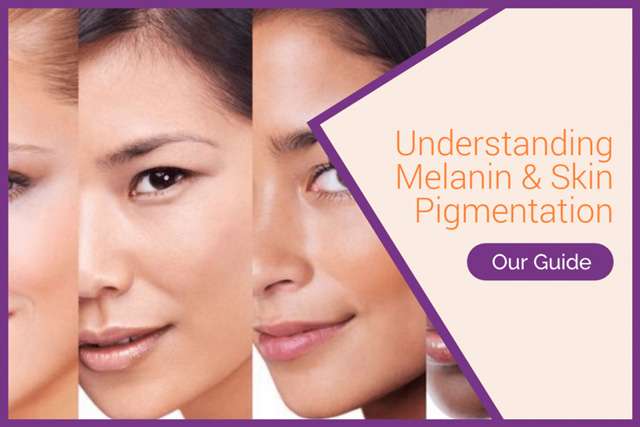How To Care For Skin After Liquid Nitrogen Treatment
When performing a chemical peel, there are two main components: the chemicals used and how you care for your skin after the treatment. Both of these are important parts of the process!
After any type of chemical peel, it is essential that you use adequate sun protection products to prevent overcooked or burnt skin. This could potentially cause significant complications later such as infection or uneven healing.
It is also very important to remove all of the treatments as soon as possible because they will remain in your body for several days. If you leave them alone their effects can linger which could be uncomfortable or even harmful for your skin.
This article will discuss some tips on caring for your skin following a lactic acid peel. These include advice on beauty supplies and home remedies to help speed up the recovery time.
Use a moisturizing cream
The next step in caring for your skin is using a good sun protection product. You can use a broad-spectrum sunscreen that has an SPF of at least 15, or you can choose a lower SPF but limited UVB rays (those which cause dryness), such as a sunblock with zinc oxide or titanium dioxide.
You should also make sure your products do not contain any chemicals that could irritate your skin or have long lasting effects, such as hormones or retinoids. These include alcohols, parabens, benzyl acetone, and phthalates.
Use a moisturizing lotion
One of the most common reasons people have poor skin is due to frequent use of alcohol or chemical-based products such as hairsprays, makeup, and sunscreens.
These substances can be harsh on your skin and only make it worse. In fact, some are even harmful.
Alcohol can dry out your skin and cause your skin to become very sensitive. Repeatedly using strong chemicals can result in long term exposure causing more serious health issues like eye damage or cancer.
Making yourself look beautiful is an important part of self-esteem and happiness. Unfortunately, many women struggle with this due to work, family, etc.
But you don’t need to give up looking fabulous! You can still care for your skin after liquid nitrogen treatment by using gentle washing agents and cosmetic layers that do not contain any alcohol or strong chemicals.
Gentle washings help keep your skin healthy and functioning well. Make sure to never scrub too hard as this could hurt or irritate your skin.
Use a thickening cream
One of the biggest concerns many patients have is how their skin will feel after treatment. Because liquid nitrogen removes dead cells, your skin can become very thin and dry.
Many people use a thicker moisturizing lotion to help mitigate this problem. Unfortunately, most commercial moisture-rich products contain alcohol which can actually hurt your skin!
Alcohol can strip away the protective layer that helps prevent excessive water loss from the surface of your skin. This can cause your skin to “poof” or even crack and break down due to lack of protection.
Fortunately, there are natural ways to care for wet skin that do not include alcohol. Many people mix olive oil into their bath or shower to achieve this. Make sure to wash off the oil thoroughly because some stays in the hair and scalp may irritate your skin.
Use a sunscreen
One of the biggest mistakes people make with liquid nitrogen is not using proper protective measures. You should always use a suncreen before you do anything else!
Most sunscreens contain both an A-zone (sunbathing) layer and a UVA protection factor (UVAPF). The UVAPF determines how well your skin will protect itself from the damaging effects of ultraviolet (UV) radiation, which is what causes most of the wrinkling and dryness in aged or photo-exposed areas.
Too little protection can sometimes even enhance the effect that UV rays have on your skin, causing it to become very dry and wrinkled. Too much protection may hinder your body’s ability to naturally produce vitamin D, depending upon where you live.
It is important to find a balance between protecting yourself enough but not too much. There are some new advanced sunscreens that have been designed specifically to treat specific problem areas such as pigmented or dark spots, preventing excessive absorption of the product.
Making sure your feet are protected during wet times is also essential since repeated contact with water can cause moisture to be lost from the treated area.
Expose your skin to sunlight after treatment
One of the biggest risks of liquid nitrogen treatments is overexposure to the sun. Your skin will begin to dry up as it recovers, and being very careful about what you do with your skin can prevent this from happening.
Making sure your skin is well protected against the sun is important until it has fully healed. Fortunately, most people notice a difference in how their skin looks and functions within one week of having a LN spray session.
So while it may be uncomfortable to leave the house during that time due to feeling hot or using sunscreen could be tricky, staying indoors is not necessary unless advised so by a professional.
General tips: Use the same amount of sunscreen every day, apply at least an adequate layer (even if you think you have enough before going out) and make sure to protect both exposed areas like your face and hands as well as your scalp and area around the mouth and eyes.
Avoid all contact with your face
Make sure you do not come in direct contact with your skin after the treatment as this could cause potential irritation or worse, infection. Even washing your hands can be problematic as liquid nitrogen can linger on the water droplets that run down the bathroom sink!
Avoid using any cosmetics such as toners, moisturizers, masks, etc., until your skin is completely healed due to possible chemical reactions. Masks are especially important to wait out because of this!
Removal of makeup also requires extra time since most products contain oils which may react with the liquid nitogen. Letting your skin breathe and dry up sometimes takes several days, so use the appropriate amount of care for this.
This article will help you know how to take good care of your skin after the LN treatment!
Disclaimer: This article contains general information only. The content here should never replace professional medical advice and it should always be done under the supervision of a doctor.
Warning! Chloroform can be poisonous if consumed directly (as a gas) or absorbed through the airways (liquid form). Always ensure adequate ventilation when working with chlorofluorocarbons.
Keep your skin hydrated
One of the most common complaints we receive about our patients’ skin is that it does not seem to be working properly. Sometimes this can be due to something you do, like wash your hands frequently or drink enough water, or sometimes this can be because of what you don’t do, such as leave your dry skin untreated or use harmful chemicals when washing yourself.
After any treatment, making sure your skin is well-hydrated will help promote fast healing and healthy growth. Use a quality moisturizer immediately after the liquid nitrogen treatments to ensure all areas are protected.
Avoid using alcohol based products on wet skin as this could cause drying out.
Use a cold compress
One of the biggest mistakes people make after liquid nitrogen treatment is not using adequate cooling compresses or showering them off immediately!
Liquid nitrogren can cause your skin to dry out and become very itchy and uncomfortable. This happens because the chemicals react with dead cells in the skin, causing swelling and inflammation.
This process is called dermal penetration and can take up to two weeks depending on how many treatments you have and what area of your body needs more help.
It’s important to use an appropriate cool compression garment until your skin has time to heal properly. Unfortunately, most people forget this step!
After applying your cold pack, leave it on for at least half an hour (and as long as overnight if necessary).


